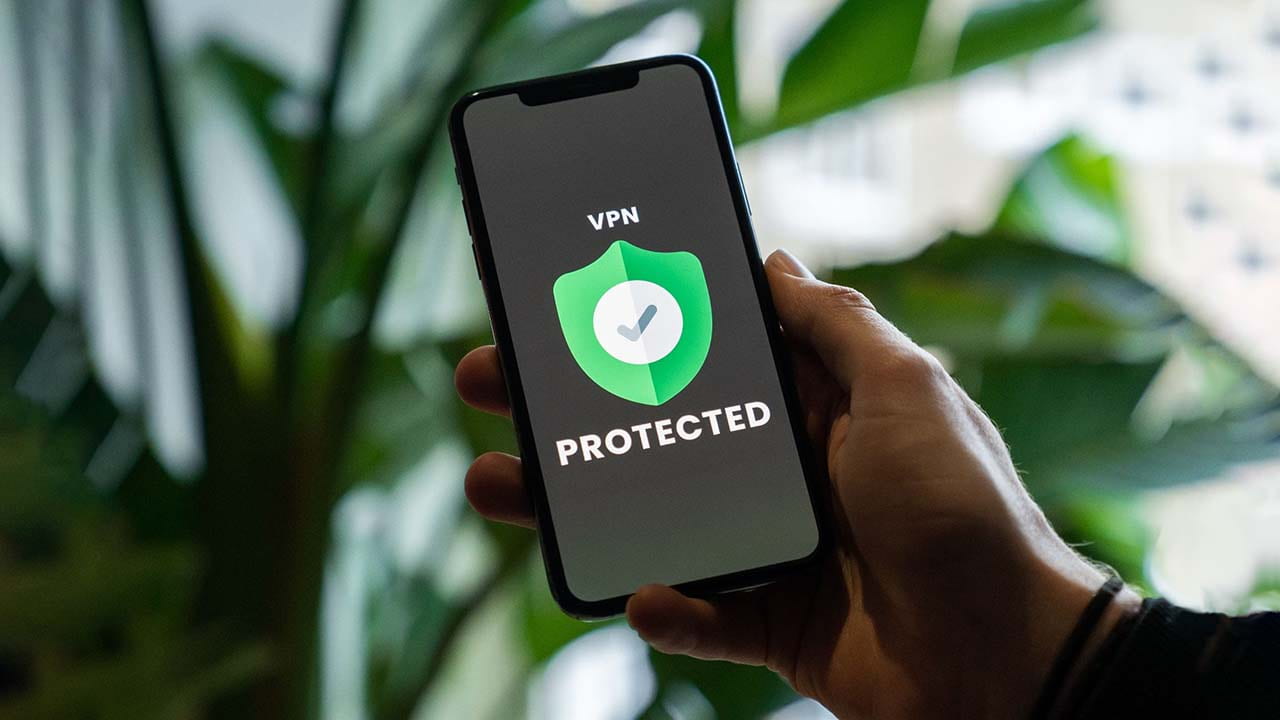Accessing technologies through VPN
VPN (Virtual Private Network) enables access to websites and access to specialist software that is otherwise restricted from off-campus.
What is VPN?
VPN (Virtual Private Network) connects an off-campus computer to the University’s network, providing access to websites and specialist software running on University servers that would otherwise be blocked from off-campus. For example there are some tools that staff may require, which are only available by connecting to the Software Centre through VPN.
In most cases, students will not need to access online learning resources through VPN.

Download VPN
VPN is available for staff, postgraduate students, and authorised contractors.
Please visit the VPN Service page on the central website to download and install the FortiClient VPN software.
Support
Check out our learning technology support page to find out what options are available for FortiClient VPN.
Page updated 03/04/2025 (added support section)
